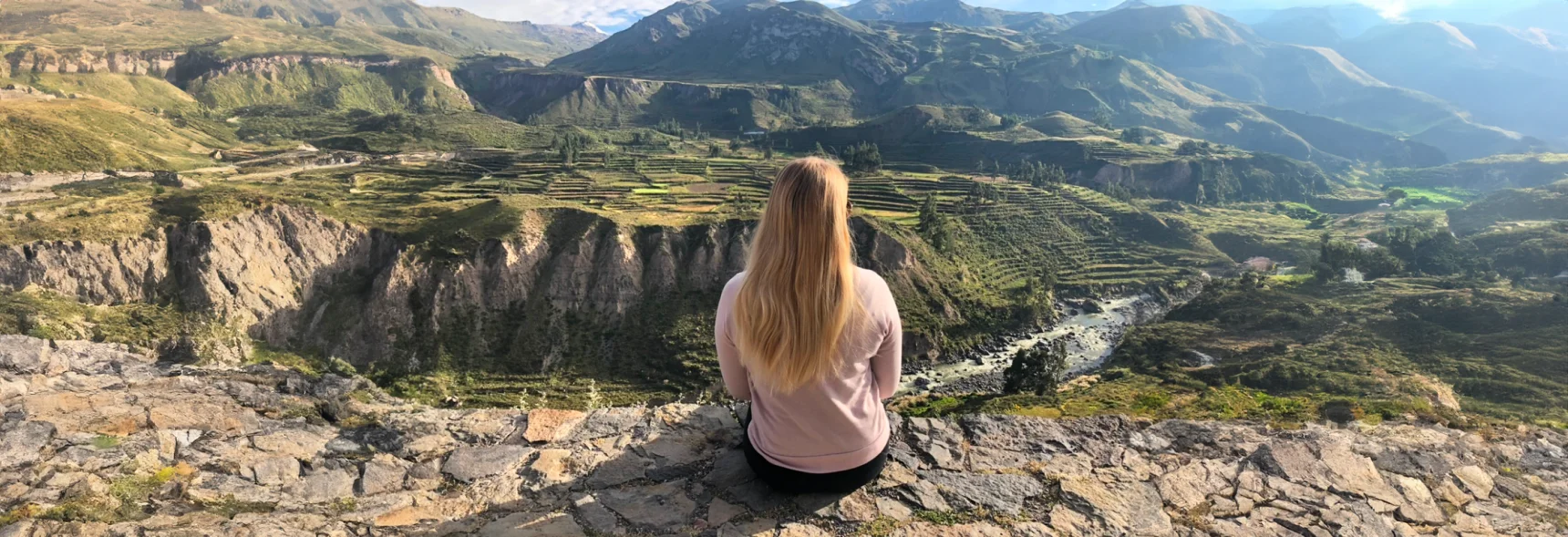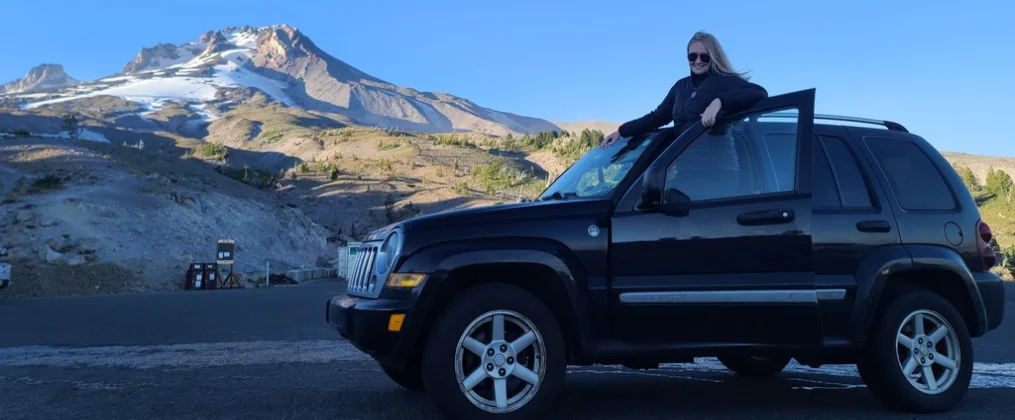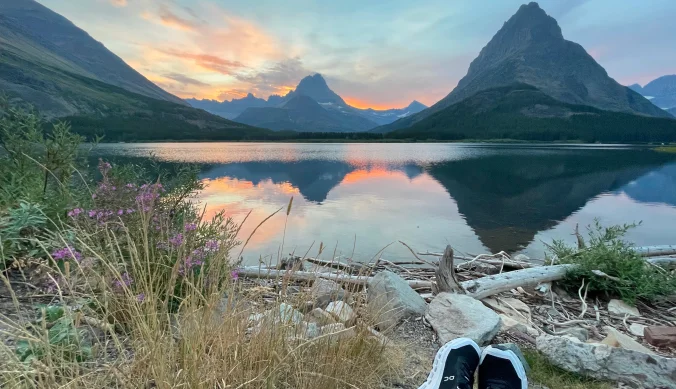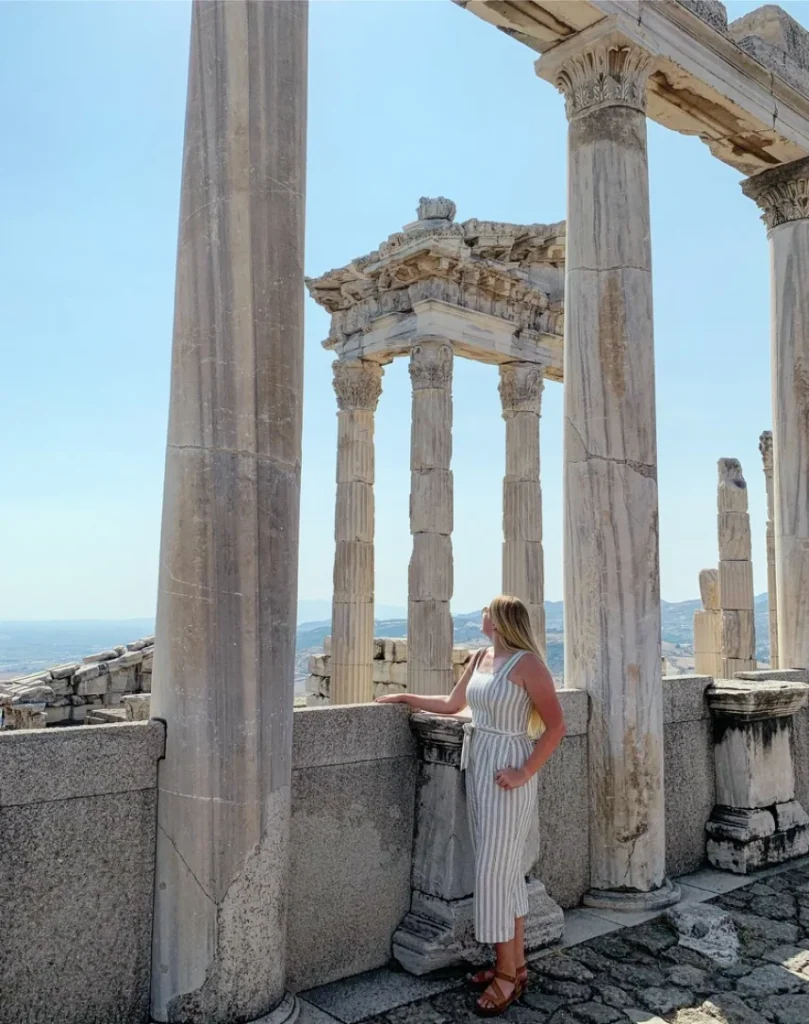In today’s fast-moving world, anything slow is revolutionary. So does that make slow travel a new revolution?
You’re on day five of a seven day trip to Italy. You’re in your third major city and third different accommodation. As much as you’d like to sleep an extra hour, you’re forcing yourself out of bed to see the next major sight on your list before you head to your fourth destination later that same day. By the time you return home from your trip, you’re exhausted, sunburnt, and desperately in need of another vacation.
You certainly aren’t alone.
Not too long ago, this was how I used to take all my trips: fast and furious. I felt like I needed to squeeze a superhuman amount of activities into a short time frame in order to really make the most out of my travels. But at the end of the day, I was left completely drained!
Maybe it’s an American thing, as we tend to have less vacation time to squeeze our travels into. Or maybe it’s a FOMO thing. Regardless, I quickly realized this type of travel was not sustainable for me.
Maybe it’s an American thing, as we tend to have less vacation time to squeeze our travels into. Or maybe it’s a FOMO thing. Regardless, I quickly realized this type of travel was not sustainable for me.
I’ll admit I had never heard of slow travel when I landed a fully remote job and decided to sell all my worldly possessions in favor of hitting the road full-time. I just knew I didn’t want to pack a damn suitcase every week. And with that mantra, my slow travel journey began.

The name seems to conjure fears of being stuck in crowded train cars or smelly long haul buses. That is, after all, a slow way to travel. Luckily for us, physically slow methods of travel are not what defines slow travel.
The origins of the concept of slow travel is rooted in the slow food movement, which started in Italy in the 1980s as a response to the rise in popularity of fast food, such as McDonalds. Carlo Petrini and a group of activists founded the movement to defend regional traditions, good food, gastronomic pleasure, and a slow pace of life, according to Slow Food Nations.
Since then, similar concepts have expanded to different areas such as photography, movement, living, and, of course, travel.
In the travel space, getting a succinct and consistent definition of slow travel is hard to come by. But twist my arm and I’ll give it a shot:
Slow travel is spending more time in fewer places with the intention of building deeper connections and taking time to enjoy the journey, in addition to the destination.


The most common form of slow travel is simply spending an extended period of time in one place. This could mean anywhere from one month to one year of truly immersing yourself in local life and culture. Don’t worry, if you don’t have multiple months available to travel, there are a lot of ways to integrate slow travel concepts into your trip timeline.
Let’s take that common week-long trip to Italy. Instead of traveling to a different city every other day, consider basing yourself in just one and using the week to explore that city and its surrounding region. For example, in 2023, I spent a week based solely in Florence, which is located in the beautiful Tuscany region of Italy. This allowed me not only to truly drink in all that the city itself has to offer, but I was also able to take a couple day trips to truly picturesque areas of Tuscany region where I sipped wine, ate, explored, and learned to my heart’s content. I never once got close to that dreaded feeling of travel burnout and I left with my soul on fire.
TLDR: You don’t have to be a digital nomad traveling full-time to take advantage of slow travel concepts.

Rapid travel requires putting a lot of extra stress on your body — you are constantly in a state of disruption, and not leaving time for your usual self-care comes at a cost. Usually, this manifests in the form of travel burnout. But, it can also contribute to anxiety and depression.
Slow travel allows you to greatly reduce the stress of travel. By spending more time in fewer places, you can establish a routine and build in time for self-care without compromising on adventure.
Rapid travel requires putting a lot of extra stress on your body — you are constantly in a state of disruption, and not leaving time for your usual self-care comes at a cost. Usually, this manifests in the form of travel burnout. But, it can also contribute to anxiety and depression.
Slow travel allows you to greatly reduce the stress of travel. By spending more time in fewer places, you can establish a routine and build in time for self-care without compromising on adventure.
The hard truth is that you’ll never be able to learn everything there is to know about a different culture in a matter of days. Slow travel allows you to immerse yourself in daily life and routine in addition to your exploration. It’s diving in the deep end instead of sticking your toe in – way more refreshing and much more eye-opening.
Rapid travel usually comes with a booked itinerary of activities needing to be completed in a certain amount of time before you head on to the next destination, regardless of how you are feeling. If you spend more time in one area, you open up your schedule to the advantages of flexibility. You can adjust your day’s activities to your mood, participate in spontaneous adventure, and rest easy knowing you have more time to check off your bucket list.
Humans need connection to thrive. Travel can sometimes get in the way of that. While you can connect with fellow travelers, there often is a lack of stability and deep connection that you would find in your local community. Slow travel allows you to build these connections to the community you’re spending time in. You could join interest groups, volunteer for causes you are passionate about, or become a regular at a coffee shop. All of these things can help fill your cup and allow you to give back to communities who have embraced you.
It may seem counterintuitive to tell you that you can actually see more by traveling to fewer places, but I’ve found it to be true time and time again! Giving yourself more time to explore a destination will inevitably lead to you finding hidden gems that aren’t on the main tourist path and being able to leave with more items checked off your bucket list than when you started.
If you’re happy with your current travel style, this article is not meant to guilt you into changing your approach. While I certainly hope it entices you to give slow travel a shot, you know what travel style is best for you. Just be sure to travel responsibly and respectfully!